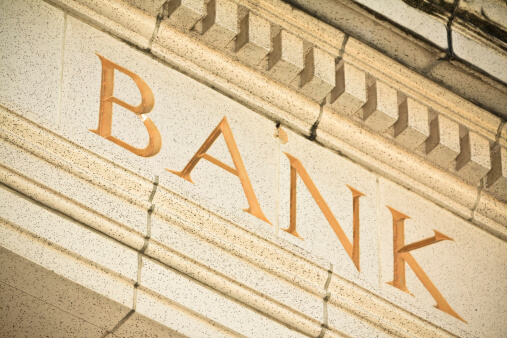By Bill Brunelle, Co-founder of Independent We Stand
In the small business community, it’s not enough to talk the talk. Small business owners make powerful economic impacts and provide significant benefits to the community, but leading the local economy requires more than making money. To truly put your money where your mouth is, you have to invest in the community’s local banks.
According to WalletHub, the top five banking institutions make up nearly half — 46.8 percent — of the total bank assets in the U.S. The largest institution is JPMorgan Chase Bank, which accounts for more than 14 percent of U.S. bank assets — some $2 trillion — on its own. Wells Fargo and Bank of America represent 11 and 10.5 percent of U.S. bank assets, respectively.
Those numbers aren’t just staggering — they’re scary. Consider the housing market collapse that devastated the U.S. economy only a few years ago. In 2013, JPMorgan Chase accepted a $13 billion settlement with the U.S. government for its role in the housing market bubble that led to the recent financial crisis. According to Reuters, the government called the settlement the largest in U.S. history. As Americans well know, JPMorgan Chase was not alone in its questionable lending practices.
More recently, the second largest bank in the U.S. found itself in the midst of controversy. Last September, federal regulators discovered that Wells Fargo had set up more than two million unauthorized bank and credit card accounts in customers’ names dating back to 2011. Employees of the bank secretly moved customers’ money around, and those unknowing customers may have paid annual fees, interest charges and other dues on accounts they never authorized.
As evidenced by recent scandals and controversies, big U.S. banks have demonstrated irresponsible and risky behaviors. As the backbone of local economies across the country, small businesses need a better way to support and protect their powerful funds. Fortunately, they can turn to community banks.
Community banks are typically defined as those with $1 billion or less in assets. They tend to be locally or regionally operated and, as research from the Institute for Local Self-Reliance shows, they tend to make better financial partners in general. For instance, while more than 3 percent of loans from big banks during the financial crisis were considered “bad,” less than 1.5 percent of loans from community banks were classified as such, according to the research.
Banking local isn’t just better for your money — it’s also better for the community. Think of it like this: at the core, local banks are small businesses themselves, meaning they operate similarly to your brick-and-mortar retail store. They make decisions on a local or regional level, they offer face-to-face customer service and they give back to their communities.
In Oklahoma, Citizens Bank of Edmond organized cash mobs for its community. With each cash mob, the local bank’s 70 employees went out into the community to spend money at a lucky local business. In the best possible way, the local bankers bombarded local bakeries, florists and bookstores.
In North Carolina, local business alliance Asheville Grown partnered with a local credit union to offer a Go Local CD. Investments made through the certificate of deposit program specifically fund locally owned businesses, including green businesses and women- and minority-owned businesses. The CD also promises higher dividend rates than standard savings accounts and guaranteed returns.
Local investment programs and responsible banking practices make local banks an asset for small businesses. Small businesses generate the sales dollars, tax revenue and employee wages that keep the community running. Leaving those funds to the management of a big bank is a risk the community can’t afford for you to take.
Bill Brunelle is co-founder of Independent We Stand, a cause-marketing campaign sponsored by STIHL, which is dedicated to educating communities about the importance and strong economic benefits of supporting locally owned businesses. Independent We Stand inspires small business owners across the country to celebrate their locally owned status and help consumers understand the importance of supporting them. For more information, visit www.independentwestand.org; On Twitter at www.twitter.com/IndWeStand; On Facebook at www.facebook.com/independentwestand; On YouTube at www.youtube.com/user/IndependentWeStand; On Instagram at www.instagram.com/Independent_We_Stand.







